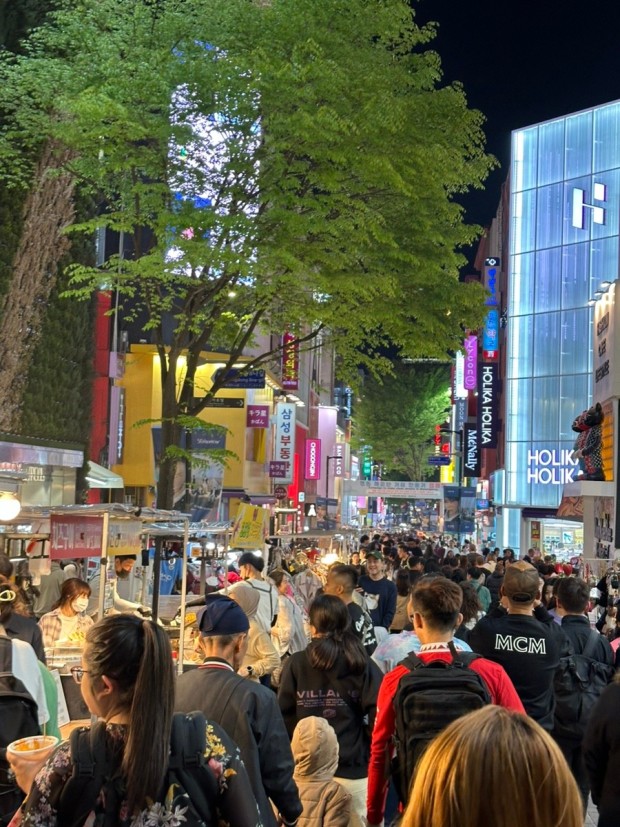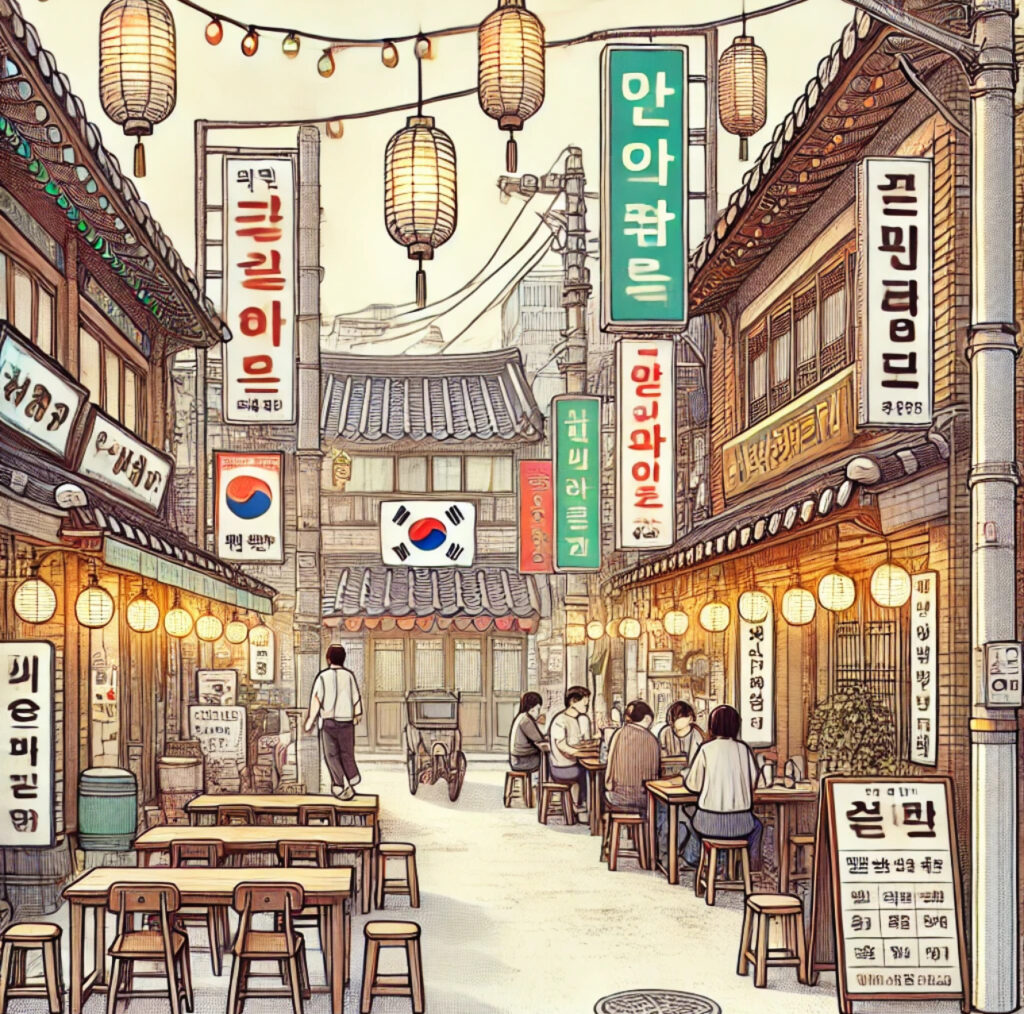Are you preparing for your trip? You’ve been gathering insights about two must-visit areas: Myeongdong and Hongdae. These neighborhoods are renowned among locals and travelers alike, especially for their bustling street food scenes and unique shopping experiences. If you’re like me and wondering whether it’s feasible to explore both in one day, let’s dive into what each location has to offer.

Street Food Galore
Both Myeongdong and Hongdae are famous for their vibrant street food scenes, but they also offer a lot more than just food. In Myeongdong, you’ll find a mix of classic Korean street foods like tteokbokki (spicy rice cakes), hotteok (sweet pancakes), and Korean fried chicken. Meanwhile, Hongdae is not only known for its street food but also has a reputation for trendy cafes and unique eateries. So, while you’re likely to indulge in plenty of snacks, you might also find yourself doing a lot of shopping!
Shopping Experience
You might end up spending more time shopping than eating! Both areas are packed with shops that cater to different tastes. Hongdae, in particular, is known for its youthful vibe and unique fashion, making it a great place to find one-of-a-kind items. Myeongdong is also filled with cosmetics shops and international brands, so it’s a haven for those looking to shop.
Gwangjang Market: A Foodie Favorite
If you’re really keen on exploring the local food scene, don’t miss Gwangjang Market. It’s popular among tourists and has been featured in many shows, including those on Netflix. However, be prepared for crowds—this place gets busy! A tip to keep in mind: Koreans often join lines at eateries simply because they see a line. There’s a belief that if a place has a queue, it must be good, but sometimes, the place next door with no line could offer equally delicious food. This is particularly true when it comes to bindaetteok (mung bean pancakes) at Gwangjang.
Timing Your Visits
When planning your day, consider what experience you’re looking for. If you want to enjoy brunch in Hongdae and explore cafes, it’s best to go in the morning. You can then shift to Myeongdong for some evening street food snacking. If nightlife is more your scene, visit Myeongdong first and then head to Hongdae to enjoy its vibrant clubs and pubs.

Final Thoughts
Both Myeongdong and Hongdae offer unique experiences that showcase the best of Seoul’s culture, food, and shopping. Whether you’re snacking on street food or hunting for the latest fashion, you’re in for a treat. So, get ready to explore these lively neighborhoods and make the most of your trip to Seoul!

